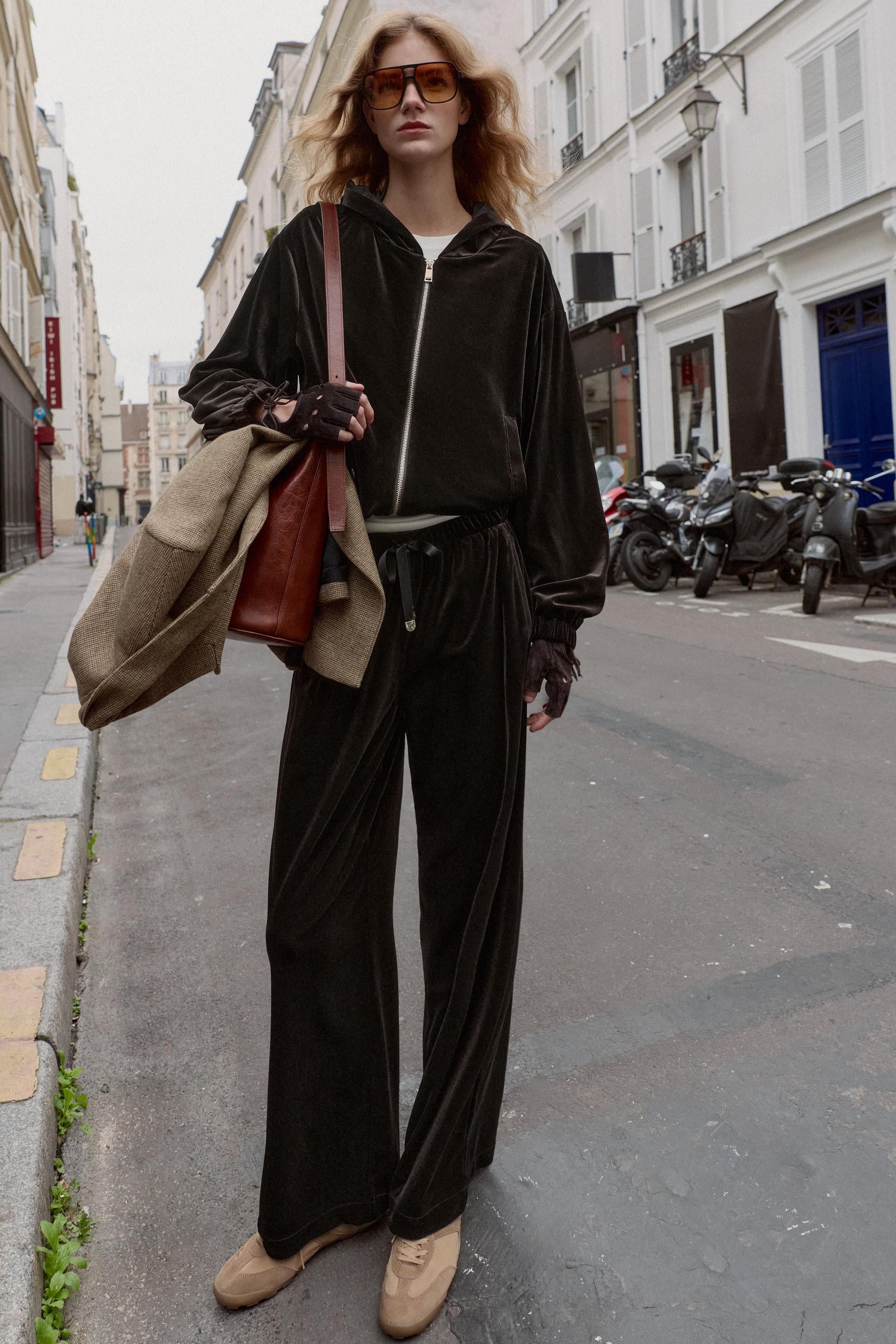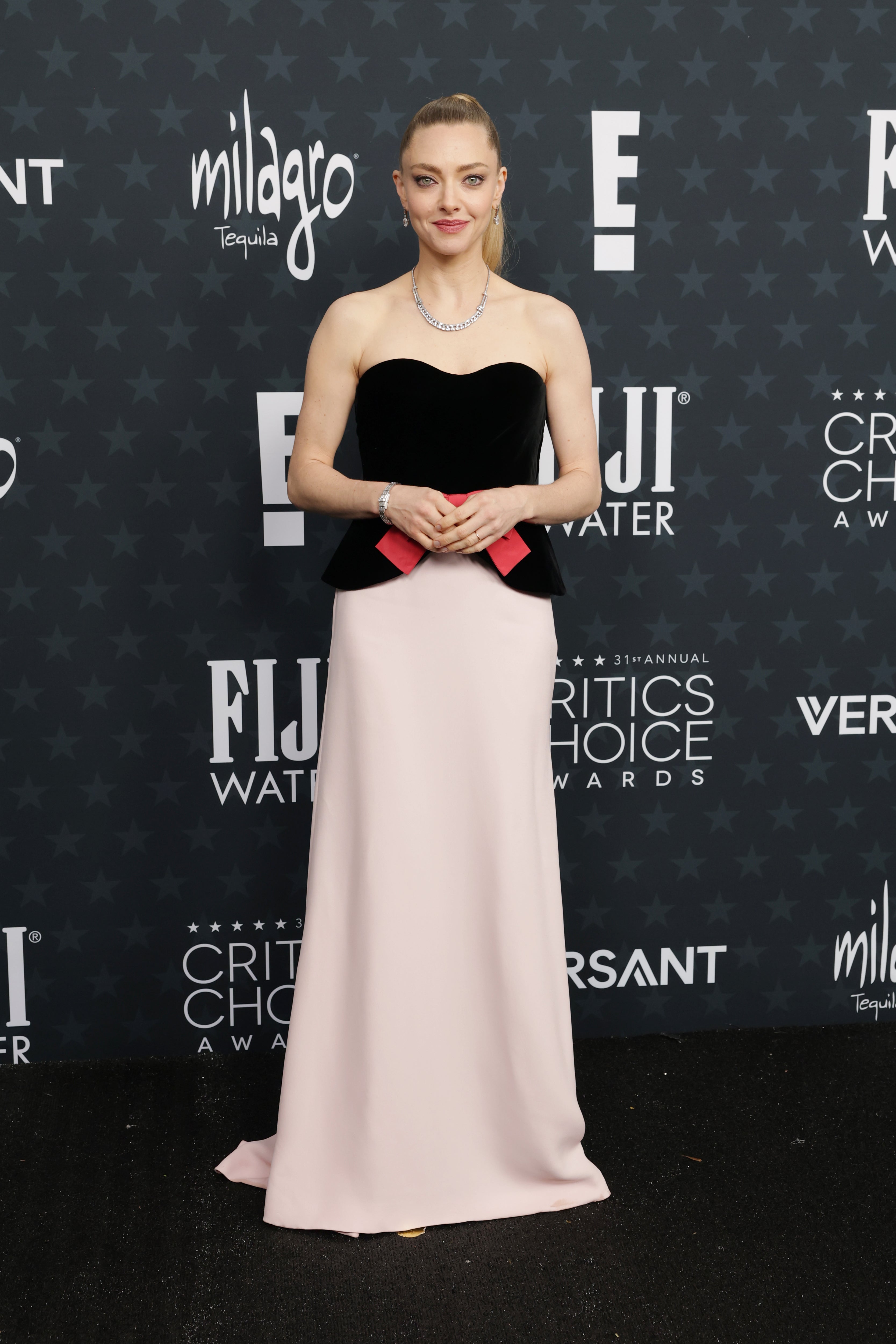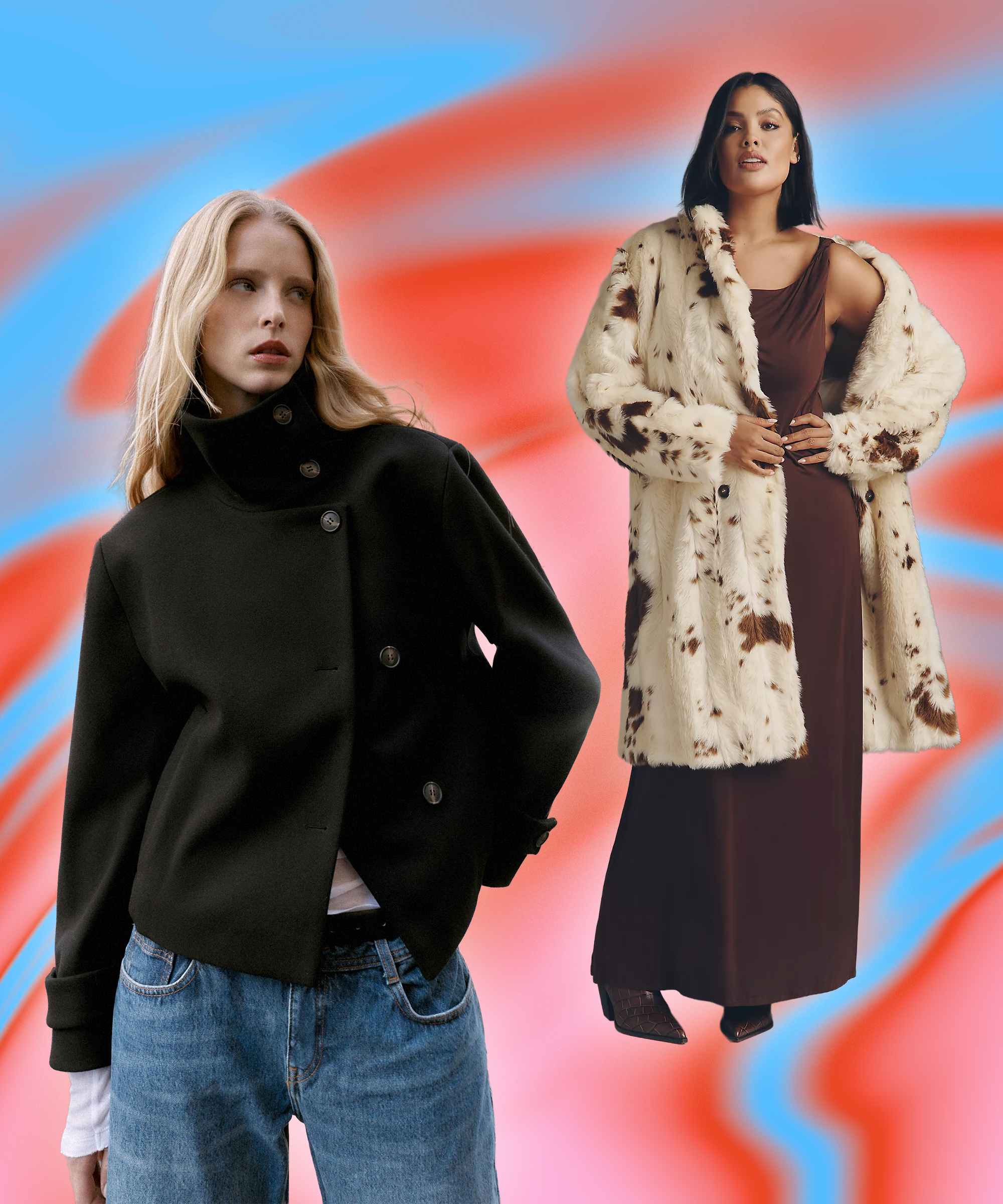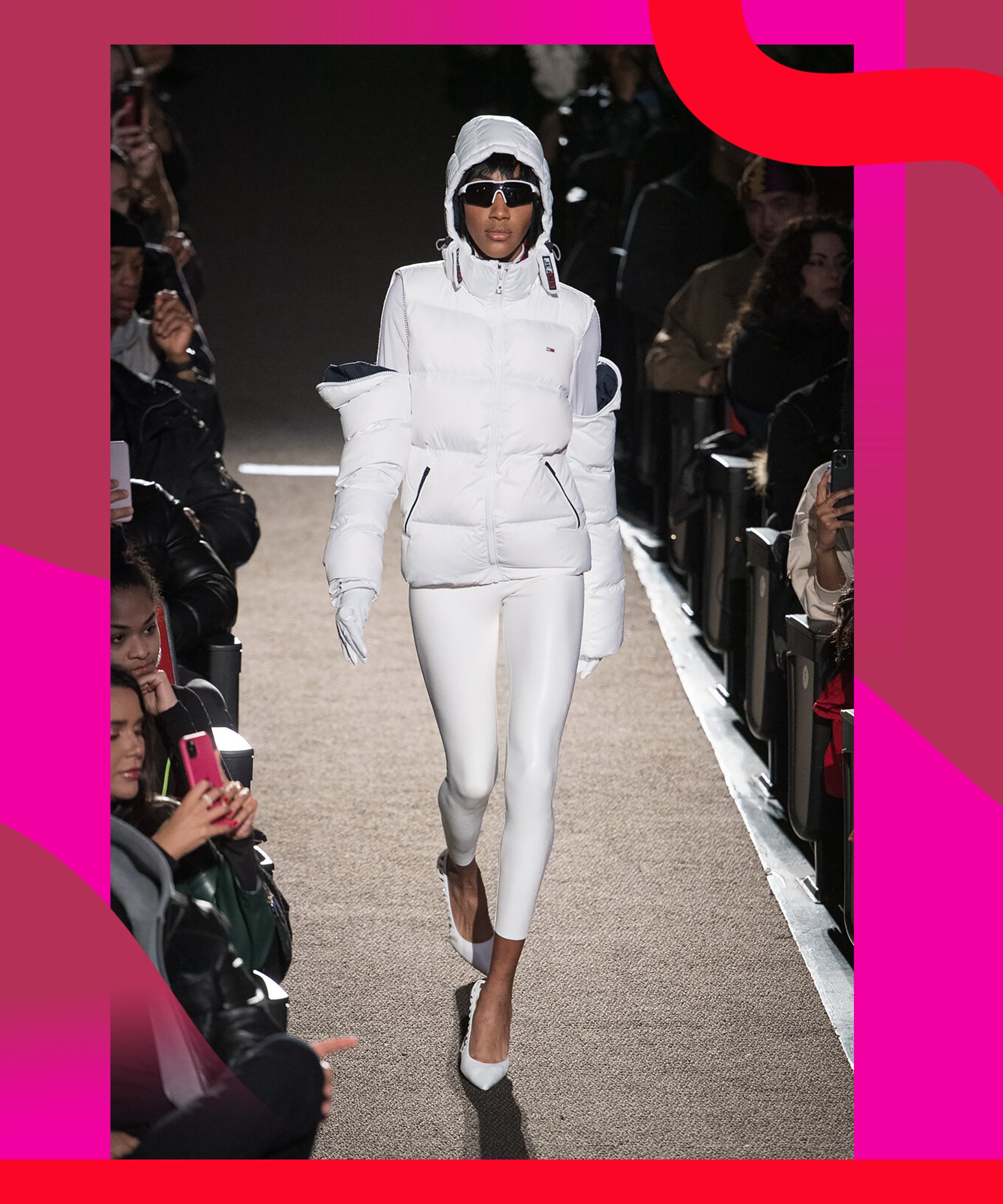
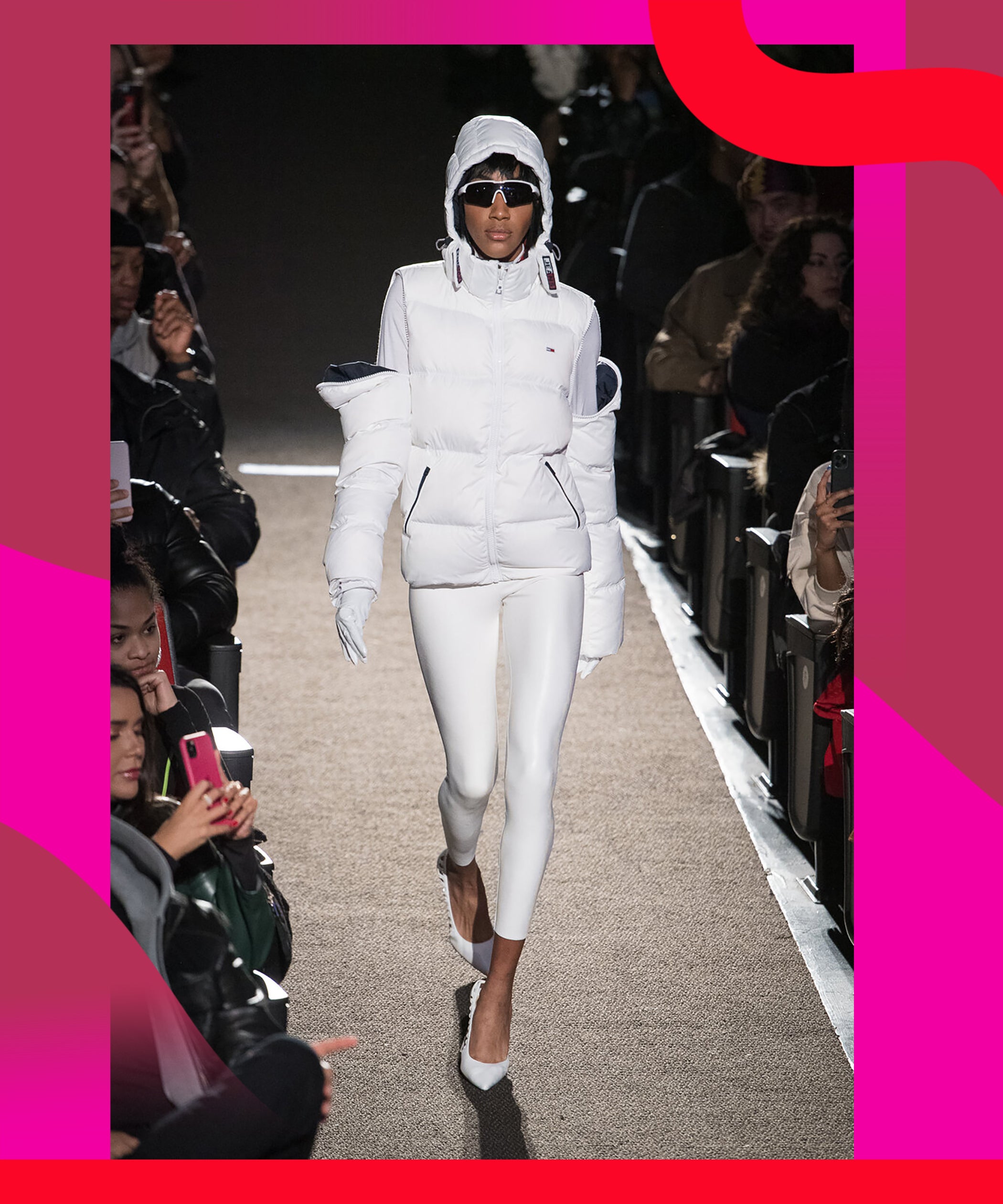
Designer Romeo Hunte is no stranger to devoted fans. Since launching his impossibly cool namesake label in 2014, his clothing has appeared on celebrities like Beyoncé, Michelle Obama, Laverne Cox, and Tessa Thompson and athletes like Dwyane Wade and Chris Paul. Most recently, Zendaya wore Romeo Hunte’s Boxy suit for her InStyle cover story, for which the Euphoria star’s stylist Law Roach pulled all-Black designers.
In July, a week after the RH office has re-opened, Hunte tells me that being in lockdown during the pandemic has given him time to reflect. Despite having had to edit back and hold off on some new drops as a result of stay-at-home orders, the brand has continued to be there for its customers, in part by pivoting to manufacturing masks. “The reviews were just like, ‘Oh, thank you so much. This brightened up my day,’” he says.
As factories and warehouses closed due to the lockdown, a lot of brands have had to slow down and get creative. Some have had to turn to upcycling old fabrics and pieces for the new collections. Part of it has to do with the fact that they didn’t have access to new fabrics with the closures; another has to do with sustainability — an issue that has been brought to the forefront as a result of the pandemic. Romeo Hunte was ahead of this. In February, he unveiled his Fall/Winter 2020 collection that incorporated archival looks from Tommy Hilfiger. (While the production has since been delayed due to the pandemic, Hunte will be working on making it available by pre-order later this year.) “I’m really excited about this partnership,” he says. “Tommy has been an amazing mentor and like a godfather to me, and just to be the first designer, and the first Black designer also, to work and take his archives and upcycle a lot of the pieces and taking his brand identity and mixing it with mine…” he says.
The partnership came about organically for Hunte who has always been a master of deconstructing classic silhouettes into unexpected, high-fashion creations. “I used to take a lot of my mother’s vintage pieces, I got in trouble a lot for that, but I’d take a lot of her pieces and upcycle it. I’d take it apart, deconstruct it, put it back together,” he says. “When I first started the brand, that was not my thing. I was like, ‘Okay, I did that when I was home bored.’ But over the seasons, it’s so crazy how fashion really is, it just connects. It definitely connects with your culture automatically and with your past and your experiences, even when you don’t really want to express those things.”
When it came to the collaboration, Hunte says he was inspired by the idea of giving existing pieces new life. “I was like, ‘Tommy, I really don’t want to do something new. Let’s see how we can go into your archives and build these amazing silhouettes and new styles for the show that is very exclusive and, at the same time, find a way to celebrate sustainability in a great big way,’” he says. “I think it’s very essential that all brands find a way to be sustainable in some way and shape.”


This idea of reinvention has long been part of Romeo Hunte’s DNA, whether it’s taking a trench coat and turning it into a dress by removing sleeves or adding bold elements, like neon piping, to turn an otherwise-classic staple into a can’t-miss style. For his latest collection, which combined business casual wear and sportswear, he sent out blazer-hoodie and denim-and-leather jacket-coat hybrids that appeared, in true Hunte, simultaneously statement-making and wearable.
While the last few months have brought some downs for the fashion industry, Hunte is hopeful for the future. “A lot of business plans are changing right now. It is definitely a time to be very strategic; but at the same time, be very optimistic and open-minded.” Personally, Hunte says he will continue to “think outside the box” and do “things that I really want to do.” He adds, “I feel like I’ve been called a disruptor, and now I’m owning it. Like, I feel like I did come in, and I didn’t want to play games. I really got straight to the business. And I found a way to structure my business without [financial]backing and a small team.”
“I’ve been called a disruptor, and now I’m owning it.”
This has proven to be successful for Hunte, who, over the years, developed a loyal customer base, as well as industry acclaim. “I just always had to believe in myself and push forward, and I knew that I could do it,” Hunte says. “It’s a dream come true to dress the former First Lady Michelle Obama and Beyoncé.” It wasn’t without its challenges, though. For one, when Hunte was attending the Fashion Institute of Technology (in which he enrolled after turning down two full athletic scholarships), there were not many Black designers that were doing what he wanted to. “There was only, like, Tracy Reese that was on the [fashion]calendar,” Hunte says. “Tracy Reese is an amazing, beautiful designer of beautiful dresses, but I’m not really a dressmaker. So it was hard for me to relate. But it was very inspiring to see.”
Breaking into the fashion industry proved even harder. “I’ve been told a lot, ‘It takes time.’ And I’m like, ‘Well, if it takes time, I don’t really see that with other designers that are not Black.’ I’ve seen designers start their first year, their companies skyrocket, and they’re all over the internet. They’re all over the publications.” He tells me of his first big show, a moment that should have been a celebration of his hard work and talent. “Right before the show started, it was chaos backstage, we are all trying to start on time, open the doors,” he says, recalling a conversation he overheard between two people working the event. “My show got called ghetto until the doors opened and the models were all dressed, and then the same people who called it ghetto was like, ‘Oh my god, it was so many good, important, amazing people [watching the show], so much support in the industry.’”


This is hardly an isolated incident for designers of color in an industry that favors whiteness and tries to disregard talent even when it’s right in front of their eyes. “You have to prepare yourself. The industry’s not easy, period. I just feel like, as a Black designer, my experience is that I feel like I have to work double, triple harder to even still be here,” he says. “Your work gets overlooked.” With that in mind, Hunte, as someone who has built a strong business and client base, hopes he can inspire young designers to keep following their dreams. “I try and utilize my platform to inspire other designers, to motivate them, like, ‘You can do this, too,’” he says.
While the pandemic has been hard enough on independent designers like Hunte, the news of George Floyd, a Black man, being killed at the hands of the police, added a new layer. “It was a lot mentally to take,” says Hunte. “It was just really hard for us to get back to work, it was so much weight. We already were going through a lot, keeping each other strong, and then for that to happen and more heavy weight to take on moving forward with the brand…”
Following the racial justice protests, fashion — that has long overlooked Black creatives and kept them out of boardrooms — is going through a reckoning, with many calling on the industry to do better in supporting Black creatives. “I think what young designers want is to be included in the stories and have a seat at the table; their work to be compared to the bigger houses, and not just compared but in mind with the bigger houses for trends, and their drops and collaborations to be acknowledged and to be published. That’s what really helps a business,” Hunte says. “I just think it has a lot to do with your presence: How much are you celebrated? How much are you acknowledged? Where do you sit?”


At the time of the interview, Hunte is unsure of his plans for NYFW or the future. “I feel like everyone loves the show and the energy of the models walking. You don’t know what’s coming out, what’s going to walk out next kind of thing,” he says. “At the same time, I don’t know if my client is looking forward to it and that it will make them feel like, ‘I want to get up and wear a Romeo Hunte look and feel fabulous again.’ Or is it, ‘I need to pay the rent and the bills and keep lights on’? I don’t know. We don’t know. We’re taking it day by day.”
That uncertainty doesn’t faze him: “The team, we’ve been strong. We went through wars, but this is one where we’re prepared, and we’re going to go hard for this show, and for the next season, too.” All to say: We’ve seen nothing yet.
Like what you see? How about some more R29 goodness, right here?
Claudia Li Is Making Her Own Fashion Rules


